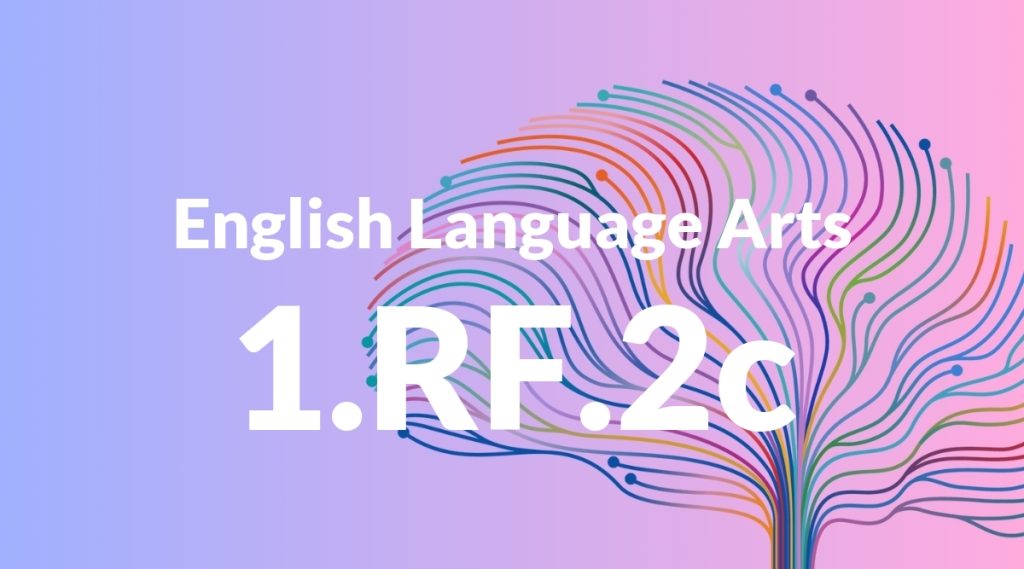Standard: 1.RF.2c – Isolate and pronounce initial, medial vowel, and final sounds (phonemes) in spoken single-syllable words.
Grade level: Grade 1
Subject: English Language Arts
Domain: Reading: Foundational Skills
Teacher Overview
This standard focuses on helping students isolate and pronounce the individual sounds (phonemes) in single-syllable words. Mastery of this skill is crucial for developing strong phonological awareness, which is a foundational element of reading proficiency in Grade 1. Students should already be comfortable with identifying letters and their sounds, and have some initial experience with breaking down words into their component sounds.
Mastering this standard will prepare students to blend phonemes to form words, segment words into individual phonemes, and recognize common phoneme patterns, which are essential skills for fluent reading and spelling.
Common Misconception 1
Some students may believe that identifying sounds at the beginning, middle, and end of words is equally easy. This is incorrect because medial vowel sounds can be more challenging to isolate due to their position within the word.
Intervention 1
To address this misconception, use visual aids like Elkonin boxes and manipulatives to help students break down words and focus on each phoneme separately. Practice with words that have clear and distinct sounds.
Common Misconception 2
Students might confuse phonemes that sound similar, such as ‘b’ and ‘d’. This confusion can hinder their ability to accurately isolate and pronounce phonemes.
Intervention 2
Provide explicit instruction and practice with minimal pairs (e.g., ‘bat’ and ‘pat’) using multisensory approaches such as tapping out sounds, using mirrors to see mouth movements, and incorporating auditory discrimination activities.
Prerequisite Knowledge
Students should be familiar with the basic concept of sounds in words and have some experience with identifying letters and their corresponding sounds.
Subsequent Knowledge
After mastering this standard, students will be able to blend phonemes to form words, segment words into individual phonemes, and recognize common phoneme patterns in more complex words.
Instructional Activities
- Phoneme bingo
- Sound scavenger hunt
- Phoneme hopscotch
- Interactive read-alouds with phoneme focus
- Phoneme sorting games




